Home>Furniture & Design>Outdoor Furniture>How To Get Better TV Reception With An Outdoor Antenna
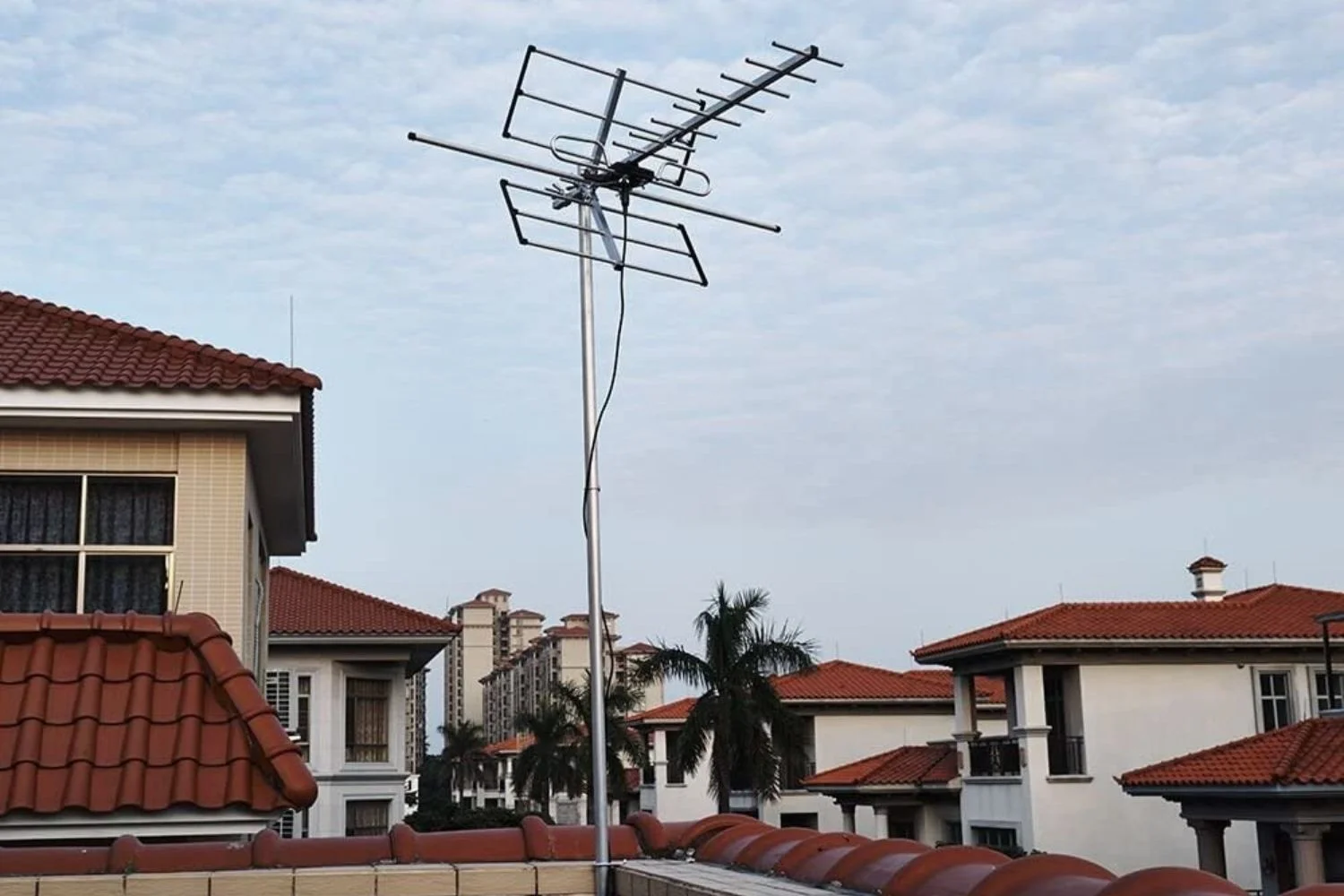

Outdoor Furniture
How To Get Better TV Reception With An Outdoor Antenna
Modified: January 26, 2024
Improve your TV reception with our top-quality outdoor antennas. Enhance your viewing experience with our range of outdoor furniture and designs. Discover the best solutions for better TV reception.
(Many of the links in this article redirect to a specific reviewed product. Your purchase of these products through affiliate links helps to generate commission for Storables.com, at no extra cost. Learn more)
Introduction
Welcome to the world of free, high-definition television! If you're tired of paying hefty cable bills or experiencing frustrating pixelated images on your screen, it's time to consider a reliable solution: an outdoor TV antenna. In this comprehensive guide, we'll delve into the intricacies of outdoor antennas, providing you with valuable insights on how to enhance your TV reception and enjoy a wide array of channels without breaking the bank.
Television antennas have come a long way since their inception, and the technological advancements in this field have made it possible to access numerous channels with exceptional picture and sound quality. By harnessing the power of over-the-air broadcasts, you can revel in a diverse range of programming, including local news, sports, and entertainment, all without the burden of a monthly subscription.
In this guide, we'll explore the various types of outdoor antennas available, offer guidance on selecting the best option for your specific needs, and provide step-by-step instructions for installing and optimizing your antenna for optimal reception. Whether you're a seasoned DIY enthusiast or a novice in the realm of antenna installation, this guide will equip you with the knowledge and confidence to embark on this rewarding endeavor.
So, if you're ready to bid farewell to cable bills and embrace the freedom of free, high-quality TV programming, join us as we embark on an enlightening journey into the realm of outdoor TV antennas. Let's amplify your TV viewing experience and unlock a world of entertainment right at your fingertips!
Key Takeaways:
- Say goodbye to cable bills and pixelated images! Install an outdoor TV antenna to enjoy free, high-definition channels without monthly subscriptions. It’s easy, cost-effective, and offers a diverse range of programming.
- Elevate your TV viewing experience with an outdoor antenna. Select the right model, install it with confidence, and maintain it for consistent, high-quality signal reception. Enjoy free, high-definition television hassle-free!
Understanding TV Antennas
Before delving into the intricacies of outdoor TV antennas, it's essential to grasp the fundamental principles that govern their functionality. TV antennas, also known as aerials, are designed to receive broadcast signals transmitted by television stations. These signals, which carry audio and video data, are transmitted over the airwaves in the form of electromagnetic waves. When an antenna intercepts these waves, it converts them into electrical signals, which are then processed by your television to deliver the desired programming.
There are two primary types of TV signals: VHF (Very High Frequency) and UHF (Ultra High Frequency). VHF signals typically occupy channels 2 through 13, while UHF signals span channels 14 through 51. To ensure optimal reception of all available channels, it's crucial to select an antenna that is capable of capturing both VHF and UHF signals.
When it comes to outdoor TV antennas, their elevated positioning plays a pivotal role in receiving signals with minimal interference. By mounting the antenna outdoors, you can circumvent the obstructions and signal degradation commonly associated with indoor setups. Additionally, outdoor antennas are designed to capture signals from multiple directions, making them well-suited for locations where broadcast towers are scattered across various compass points.
Furthermore, advancements in antenna technology have led to the development of multidirectional and omnidirectional antennas, which can receive signals from all directions without the need for manual adjustment. These innovative designs offer added convenience and versatility, especially in areas where broadcast towers are dispersed across diverse locations.
Understanding the nuances of TV antennas, including their signal reception capabilities and optimal positioning, is crucial for maximizing your viewing experience. With this foundational knowledge in mind, you're poised to explore the diverse range of outdoor antennas available and select the ideal option to cater to your specific requirements.
Choosing the Right Outdoor Antenna
When it comes to selecting the optimal outdoor TV antenna, several factors come into play, each influencing the antenna’s performance and your overall viewing experience. To make an informed decision, it’s essential to consider the following key aspects:
- Signal Range and Strength: Assess the signal strength in your area and determine the distance from the nearest broadcast towers. This information will guide you in choosing an antenna with the appropriate range to capture signals effectively. Websites such as TV Fool and Antennaweb offer valuable insights into signal strength and channel availability based on your location.
- Antenna Type: Outdoor antennas are available in various designs, including directional, multidirectional, and omnidirectional models. Directional antennas are ideal for locations with signals emanating from specific directions, while multidirectional and omnidirectional antennas offer broader signal capture capabilities, making them suitable for areas with dispersed broadcast towers.
- Frequency Band Coverage: Ensure that the chosen antenna supports both VHF and UHF frequency bands to accommodate the full spectrum of available channels.
- Installation Flexibility: Consider the mounting options and installation requirements of the antenna. Some models are designed for roof or attic mounting, while others are suitable for mast or pole installation. Choose an antenna that aligns with your preferred installation method and the layout of your property.
- Weather Resistance: Given their outdoor placement, antennas must withstand various weather conditions. Opt for a durable, weather-resistant antenna that can endure exposure to sunlight, wind, rain, and snow without compromising performance.
Additionally, consulting with local antenna installation professionals or seeking advice from experienced retailers can provide valuable insights tailored to your specific geographical location and signal reception challenges. By leveraging their expertise, you can make an informed decision and select an antenna that aligns with your unique requirements.
Furthermore, keep in mind that the terrain, foliage, and man-made obstructions in your vicinity can influence signal reception. Conducting a thorough assessment of your surroundings will aid in determining the most suitable antenna type and placement to overcome potential obstacles and optimize signal capture.
By carefully evaluating these factors and conducting thorough research, you can confidently choose an outdoor TV antenna that is tailored to your location, ensuring exceptional signal reception and a diverse array of high-quality television programming.
Make sure your outdoor antenna is properly grounded to reduce interference. Also, aim the antenna towards the broadcast towers for better reception.
Installing Your Outdoor Antenna
Embarking on the installation of your outdoor TV antenna is an exciting endeavor that promises to elevate your television viewing experience. Whether you opt for a directional, multidirectional, or omnidirectional antenna, the following step-by-step guide will equip you with the knowledge and confidence to seamlessly install your antenna and optimize its performance:
- Assess Signal Reception: Prior to installation, identify the optimal mounting location for your antenna by assessing signal reception across different areas of your property. This can be done using a portable TV or signal meter to determine the placement that yields the strongest signal for the desired channels.
- Choose the Mounting Location: Select a sturdy mounting location, such as a rooftop, chimney, mast, or pole, ensuring that it provides an unobstructed line of sight to the broadcast towers. The elevated positioning of the antenna is crucial for minimizing signal interference and maximizing reception.
- Assemble the Antenna: Follow the manufacturer’s instructions to assemble the antenna components, ensuring that all elements are securely connected and aligned according to the recommended configuration.
- Mount the Antenna: Securely affix the antenna to the chosen mounting structure using appropriate hardware, such as clamps or brackets. Ensure that the antenna is positioned at the recommended angle and orientation to align with the direction of the broadcast towers.
- Grounding and Wiring: Establish a proper grounding system for the antenna to mitigate the risk of electrical surges and ensure safety. Additionally, route the coaxial cable from the antenna to your television, making use of weatherproof fittings and cable clips to secure the wiring along its path.
- Connect to the TV: Once the antenna is securely installed and grounded, connect the coaxial cable to the input port on your television or a digital converter box if necessary. Perform a channel scan on your TV to detect and store all available channels received by the antenna.
- Optimize the Position: Fine-tune the antenna’s position and orientation based on the signal strength and the channels you intend to receive. This may involve making slight adjustments to the antenna’s angle and direction to achieve optimal reception.
It’s important to note that safety should always be a priority during the installation process, especially when working at elevated heights or handling electrical components. If you’re uncomfortable with heights or unfamiliar with electrical wiring, seeking assistance from a professional antenna installer is a prudent choice to ensure a safe and successful installation.
By following these steps and exercising caution throughout the installation process, you’ll be well-equipped to install your outdoor TV antenna and unlock a diverse array of free, high-definition channels, enhancing your TV viewing experience with pristine picture and sound quality.
Adjusting and Maintaining Your Outdoor Antenna
Once your outdoor TV antenna is installed and operational, periodic adjustments and maintenance are essential to ensure consistent, high-quality signal reception. By incorporating the following best practices into your antenna maintenance routine, you can optimize its performance and prolong its longevity:
- Signal Optimization: Periodically assess the signal strength and quality of the received channels to identify any potential degradation. This can be done by accessing the signal strength indicator on your television or using a signal meter to gauge the reception quality.
- Seasonal Adjustments: Changes in foliage, weather patterns, and atmospheric conditions can impact signal reception. During the transition between seasons, consider making slight adjustments to the antenna’s orientation and angle to compensate for environmental changes and maintain optimal signal capture.
- Weatherproofing: Inspect the antenna and its associated wiring for signs of wear, corrosion, or damage caused by exposure to the elements. Ensure that all connections are securely sealed with weatherproofing materials to prevent moisture ingress and safeguard the antenna’s components.
- Antenna Cleaning: Regularly clean the antenna elements and reflectors to remove dirt, debris, and potential obstructions that may impede signal reception. Use a gentle detergent and a soft brush to delicately clean the antenna surfaces, taking care not to damage any components during the cleaning process.
- Grounding Integrity: Verify the integrity of the antenna’s grounding system, ensuring that the grounding rod and associated connections remain secure and free from corrosion. Periodically inspect the grounding components to uphold the antenna’s safety and protection against electrical surges.
- Inspect Mounting Hardware: Check the stability and condition of the mounting hardware, including clamps, brackets, and fasteners, to confirm that the antenna remains securely affixed to its mounting structure. Tighten any loosened hardware and replace any components showing signs of deterioration.
- Professional Inspection: If you encounter persistent signal issues or notice a decline in reception quality, consider engaging the services of a professional antenna technician for a comprehensive inspection and adjustment. Their expertise can address underlying issues and optimize your antenna’s performance effectively.
By incorporating these maintenance practices into your routine, you can uphold the optimal performance of your outdoor TV antenna, ensuring a reliable and uninterrupted viewing experience. Additionally, staying attuned to changes in signal reception and environmental factors will enable you to proactively address any issues and maintain exceptional television viewing quality throughout the year.
Read more: How To Install An Outdoor TV Antenna
Conclusion
Congratulations on embarking on the journey to elevate your television viewing experience with an outdoor TV antenna! By delving into the intricacies of antenna technology, selecting the optimal model, and mastering the installation process, you’ve taken a significant step toward accessing a diverse array of high-definition channels without the constraints of a monthly subscription.
As you’ve discovered, the world of outdoor antennas offers a wealth of options, from directional antennas tailored to specific signal sources to versatile multidirectional and omnidirectional models designed to capture signals from diverse broadcast towers. By carefully considering your location, signal strength, and environmental factors, you’ve equipped yourself with the knowledge to select an antenna that aligns with your unique requirements.
The installation process, while requiring attention to safety and precision, empowers you to take control of your television reception and unlock the full potential of over-the-air broadcasting. Whether you opt for a rooftop installation, mast mounting, or pole affixation, the step-by-step guidance provided ensures that you can seamlessly install your antenna and fine-tune its position for optimal signal reception.
Furthermore, by incorporating regular maintenance practices into your antenna care routine, you can safeguard its performance and longevity, ensuring a consistent and reliable viewing experience throughout the year. From seasonal adjustments to weatherproofing and grounding integrity, these maintenance measures will uphold the pristine quality of your signal reception.
As you embark on this enriching journey, remember that the world of outdoor TV antennas offers a gateway to a diverse range of free, high-definition channels, including local news, sports, and entertainment. By harnessing the power of over-the-air broadcasts, you’re not only enhancing your television viewing experience but also liberating yourself from the constraints of traditional cable subscriptions.
So, as you revel in the exceptional picture and sound quality delivered by your outdoor TV antenna, take pride in your newfound freedom and the wealth of programming at your fingertips. Embrace the endless possibilities that await as you immerse yourself in a world of captivating entertainment, all made possible through the remarkable capabilities of your outdoor antenna.
With your antenna installed, optimized, and meticulously maintained, you’re poised to embark on an enriching television viewing experience, free from the burden of monthly subscription fees. So, sit back, relax, and immerse yourself in the captivating world of free, high-definition television, courtesy of your reliable and steadfast outdoor TV antenna.
Frequently Asked Questions about How To Get Better TV Reception With An Outdoor Antenna
Was this page helpful?
At Storables.com, we guarantee accurate and reliable information. Our content, validated by Expert Board Contributors, is crafted following stringent Editorial Policies. We're committed to providing you with well-researched, expert-backed insights for all your informational needs.
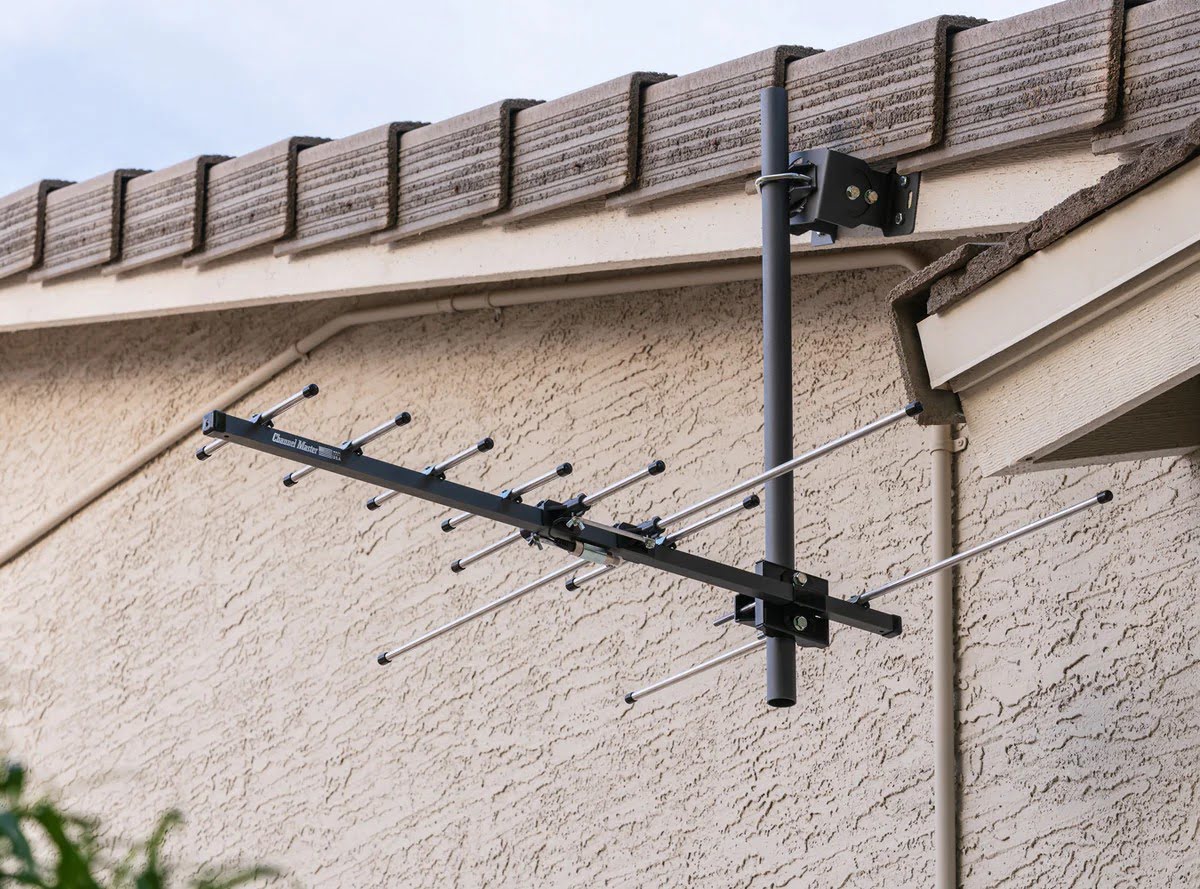
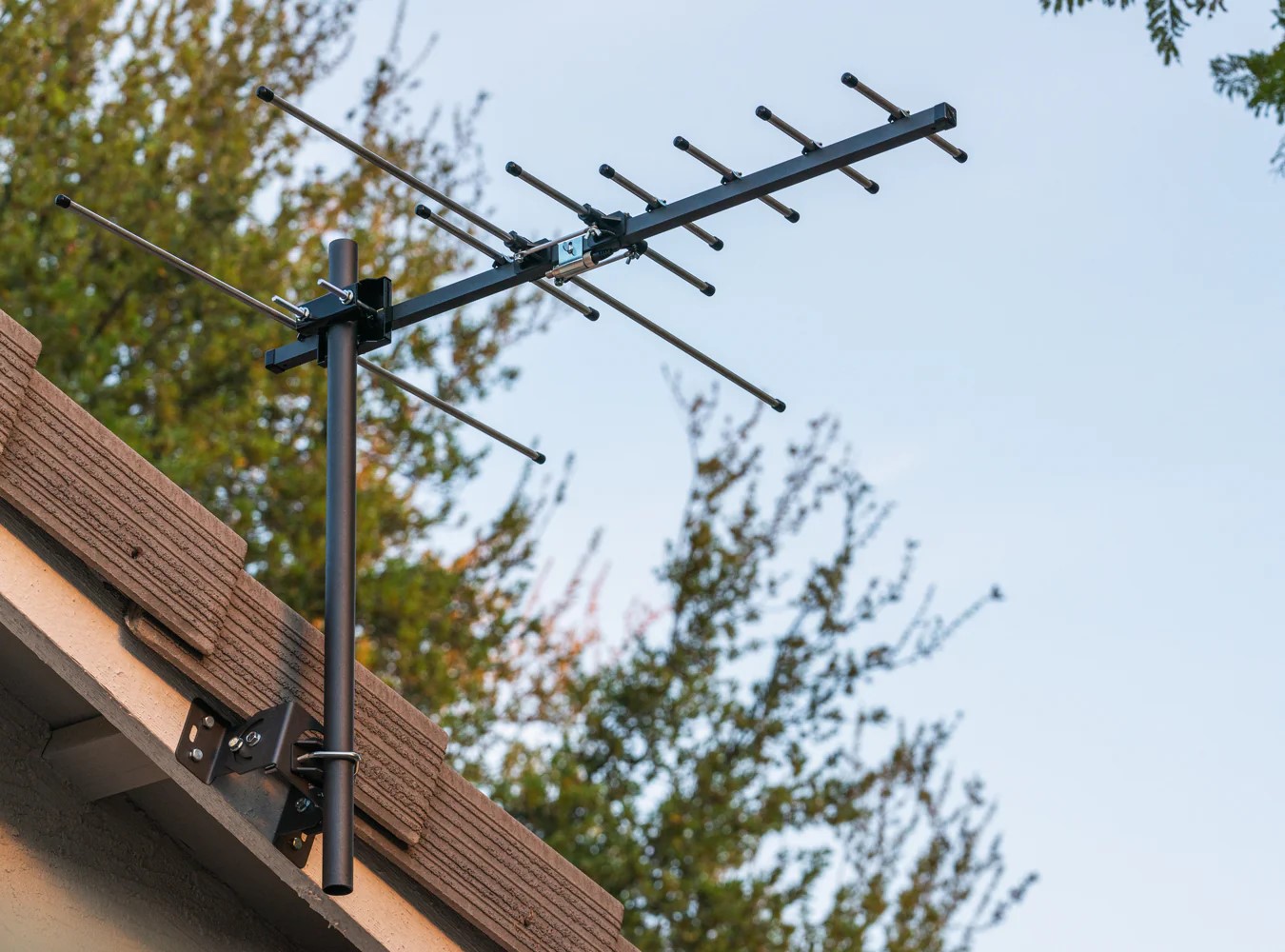
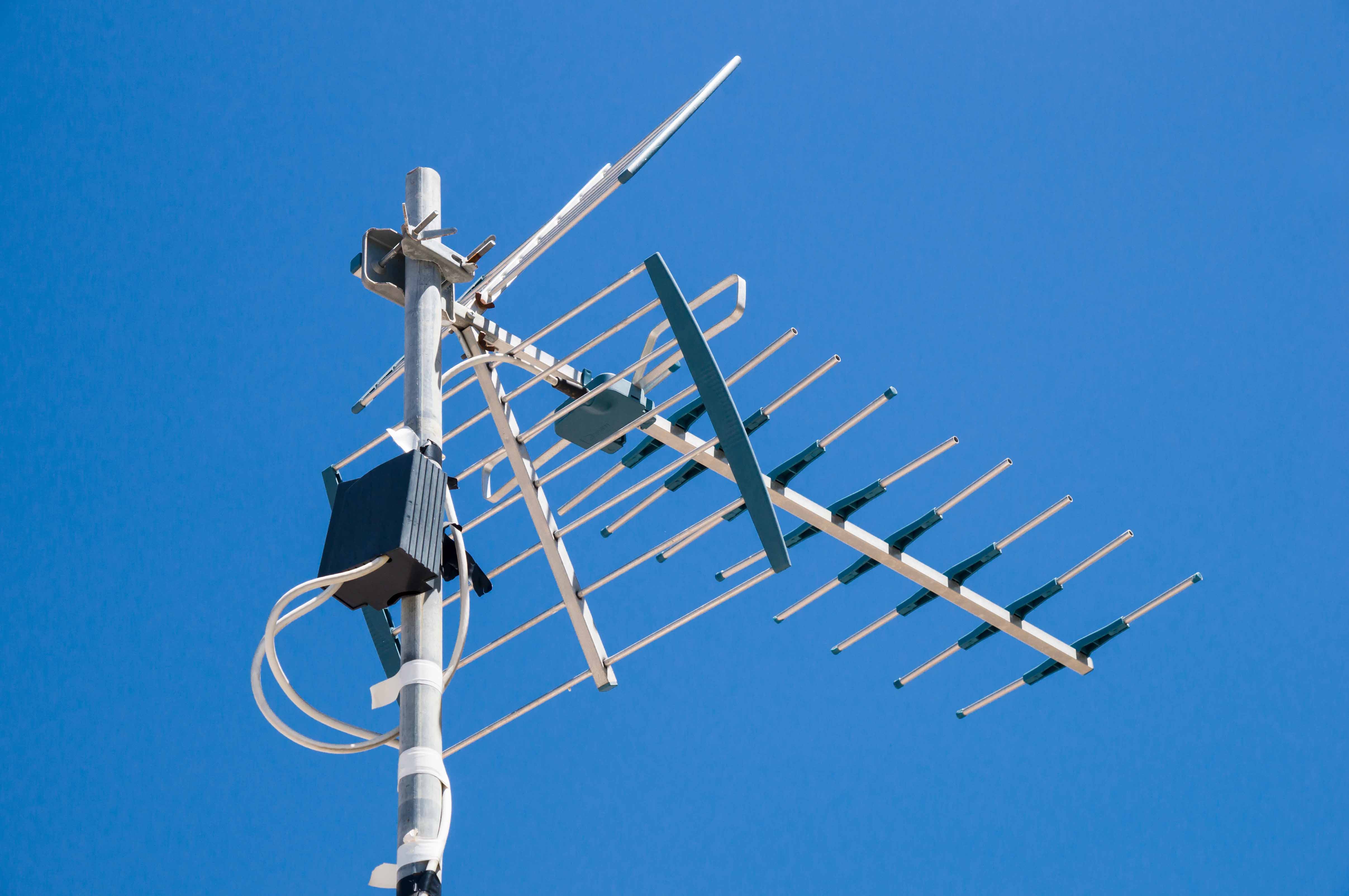
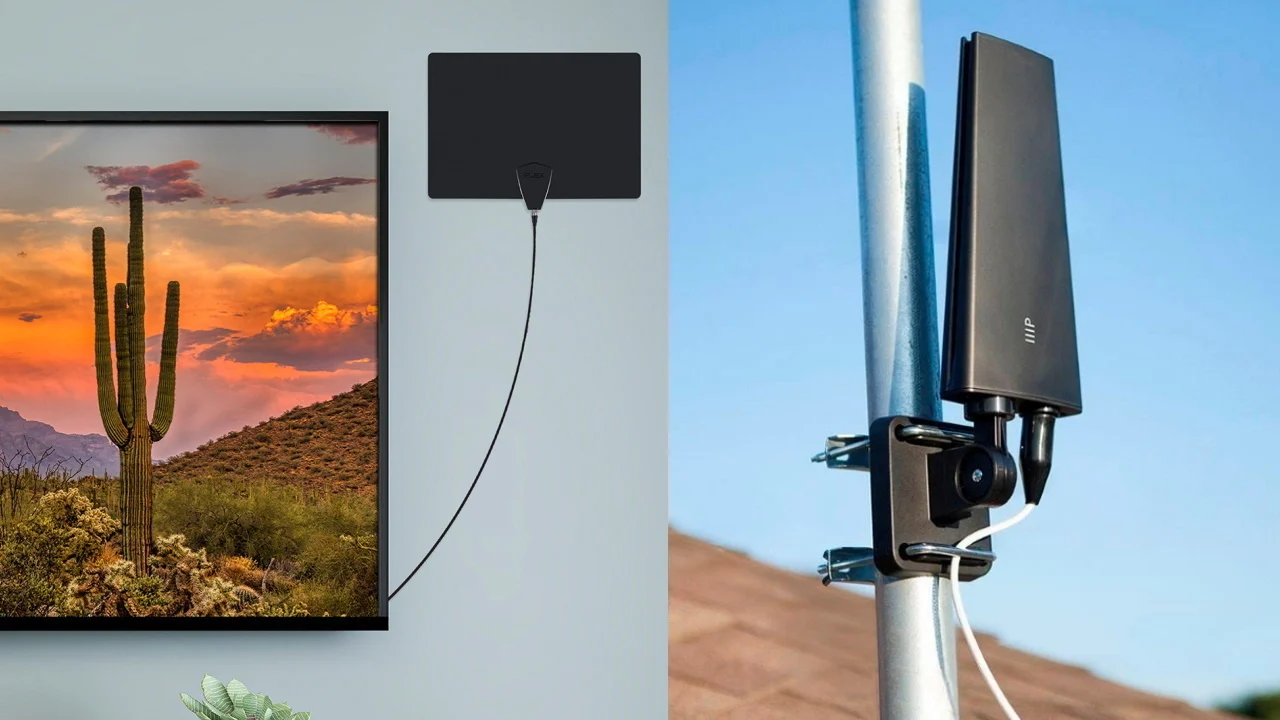
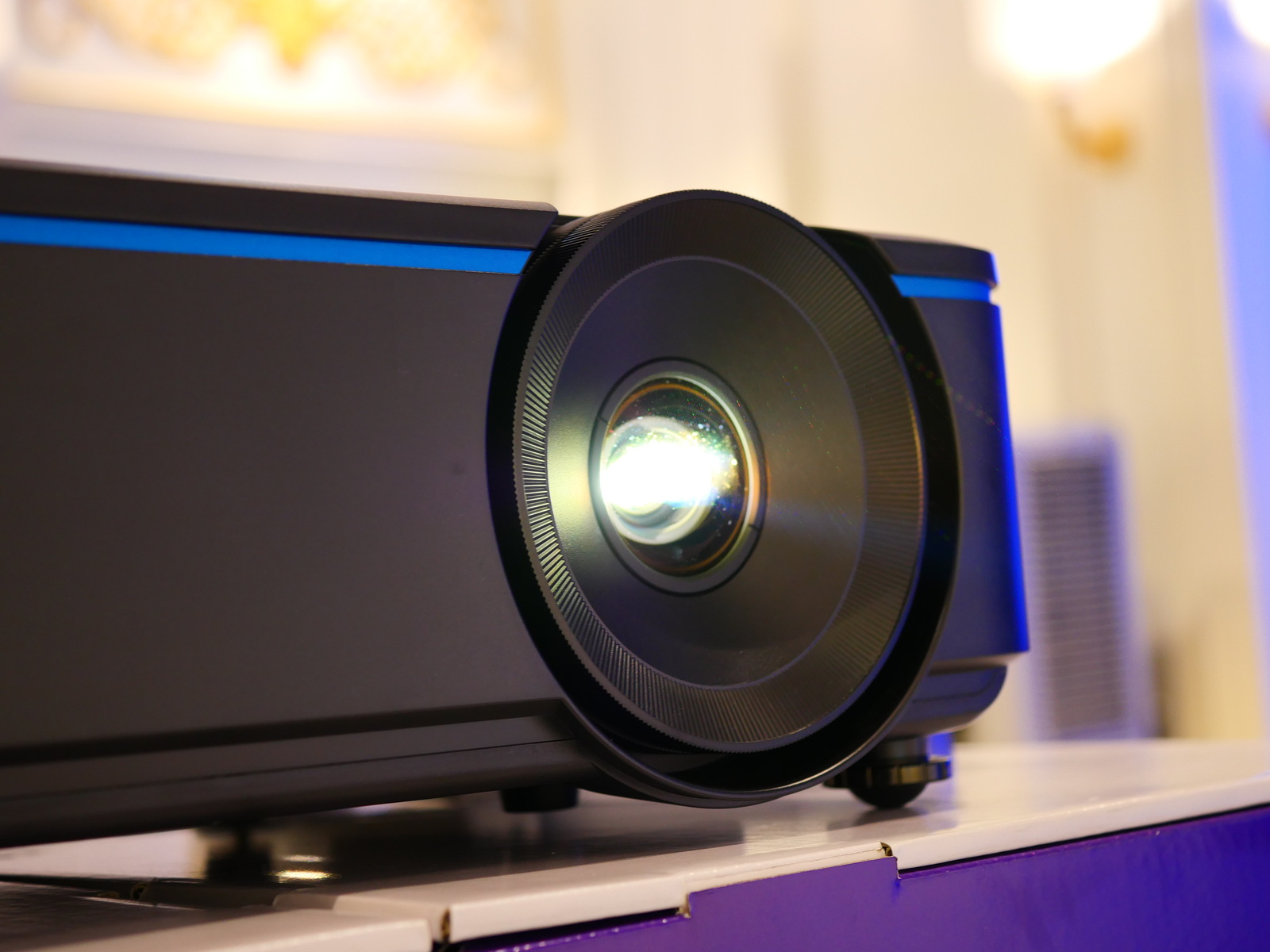
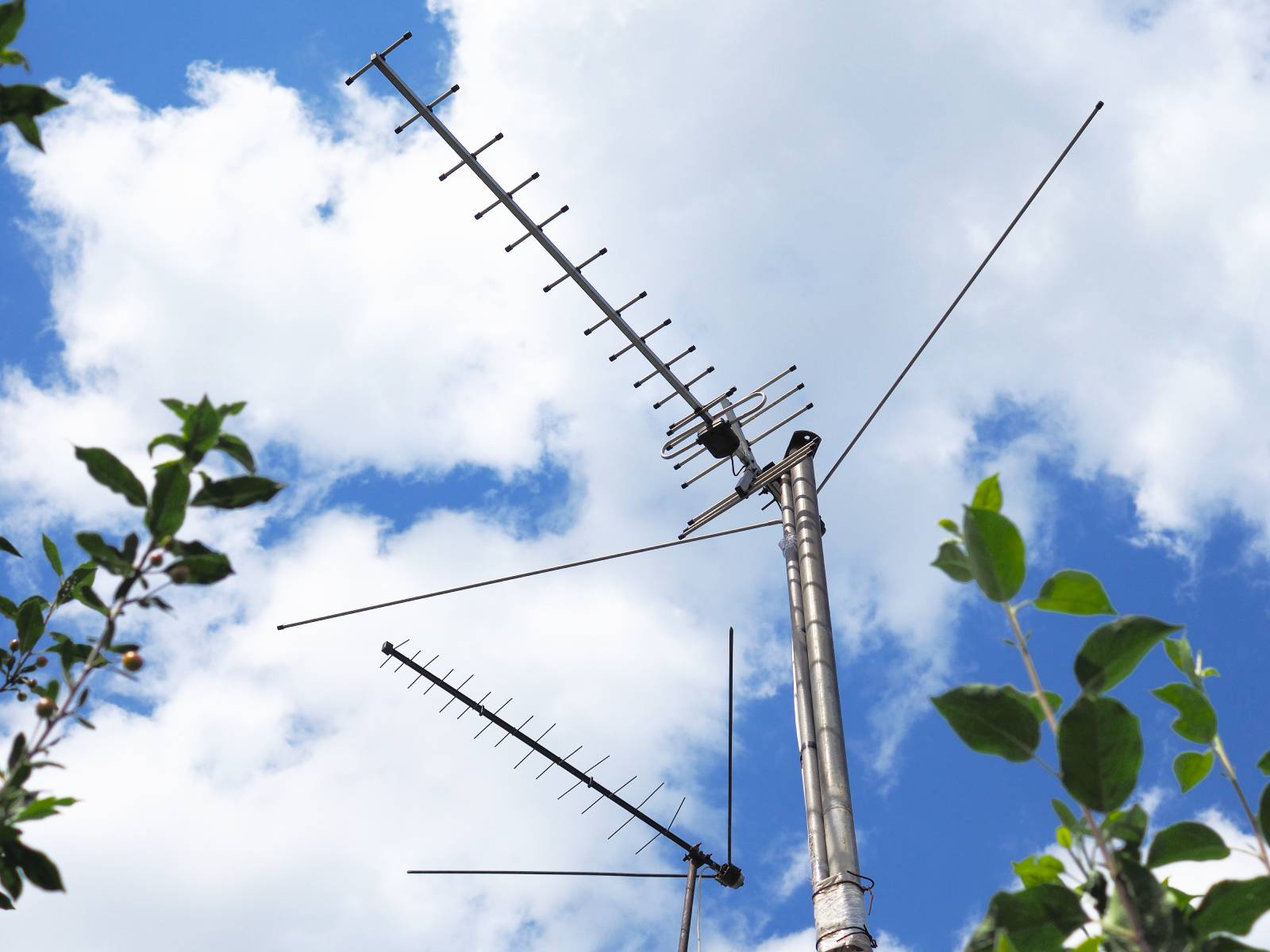
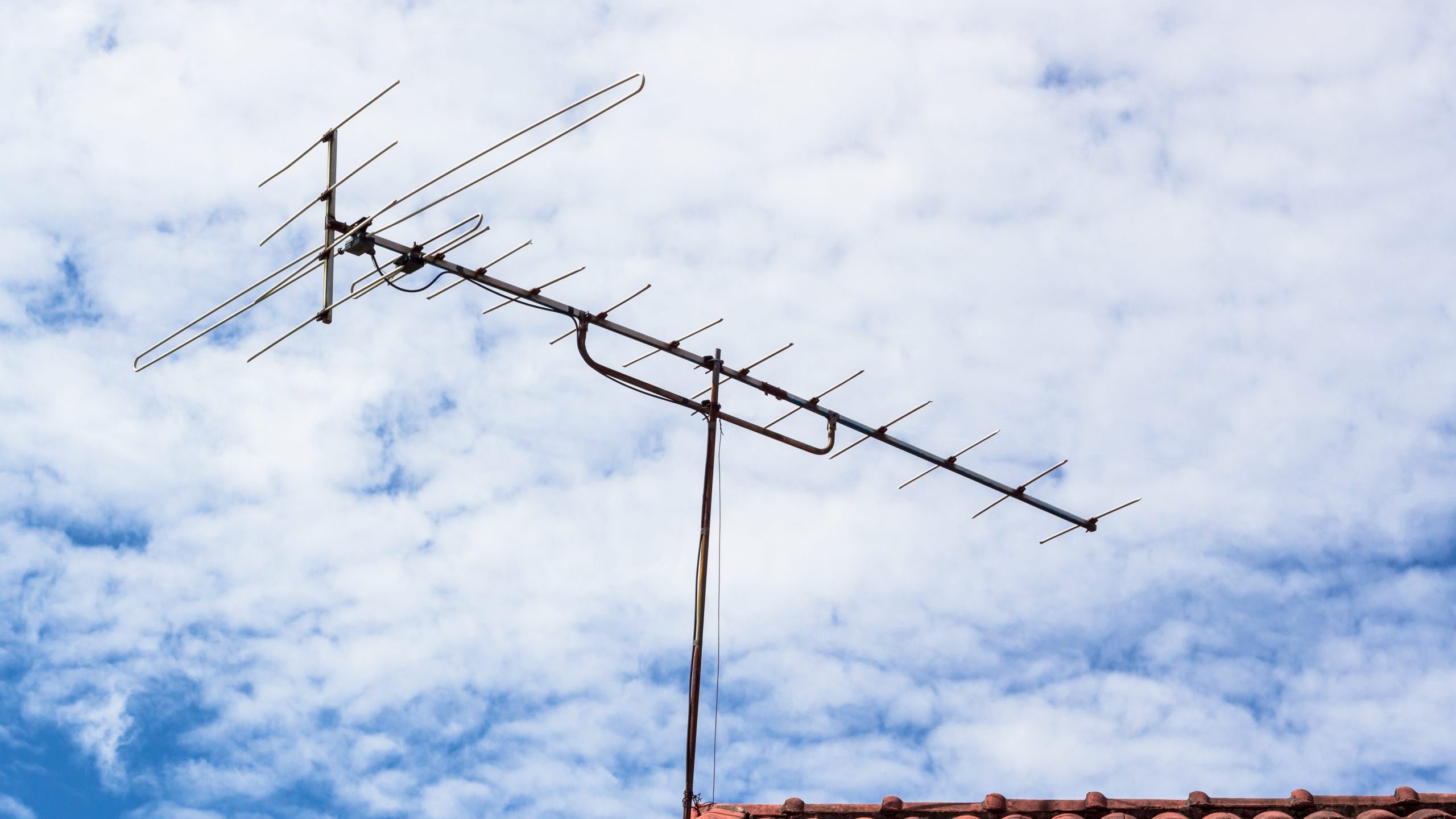
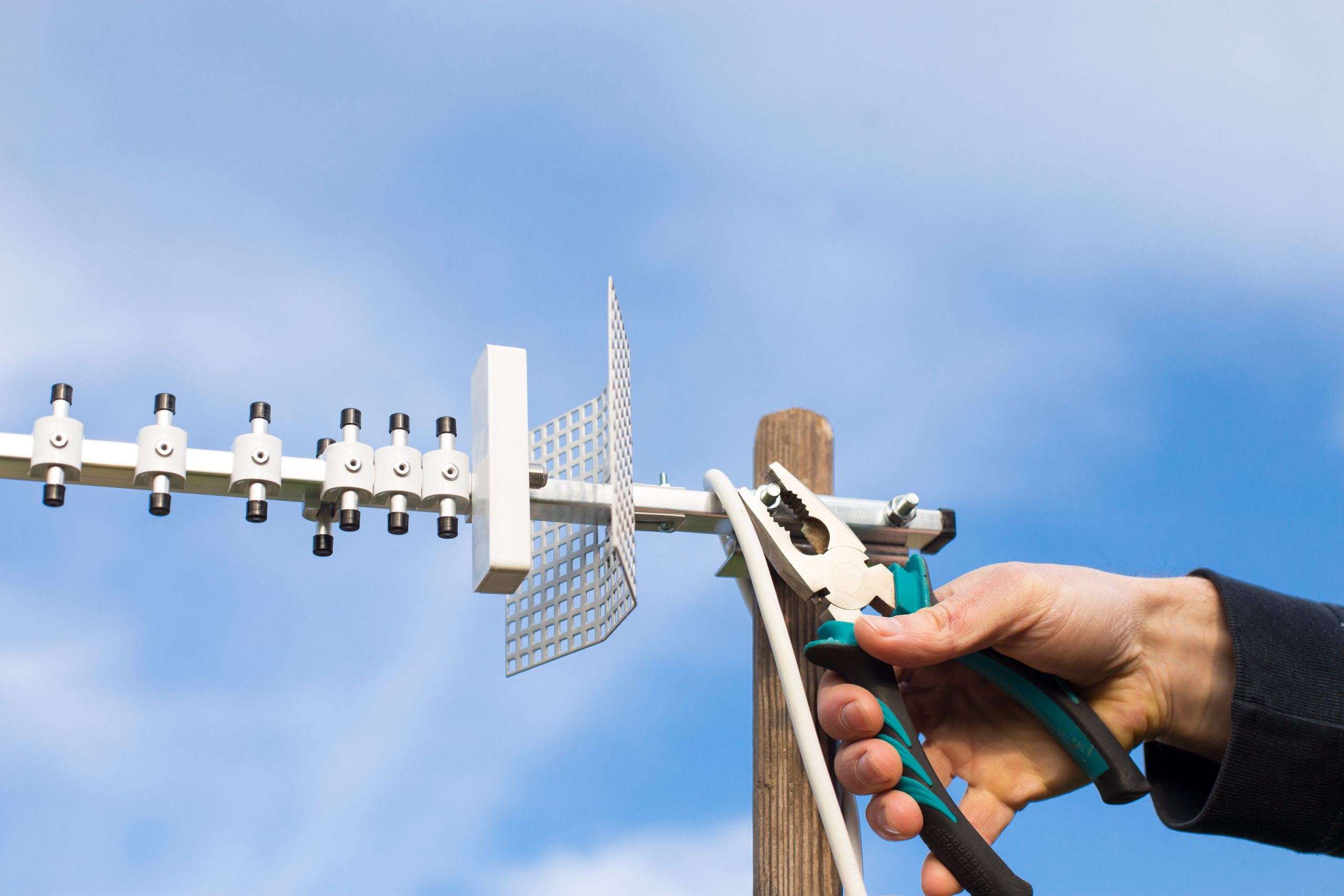
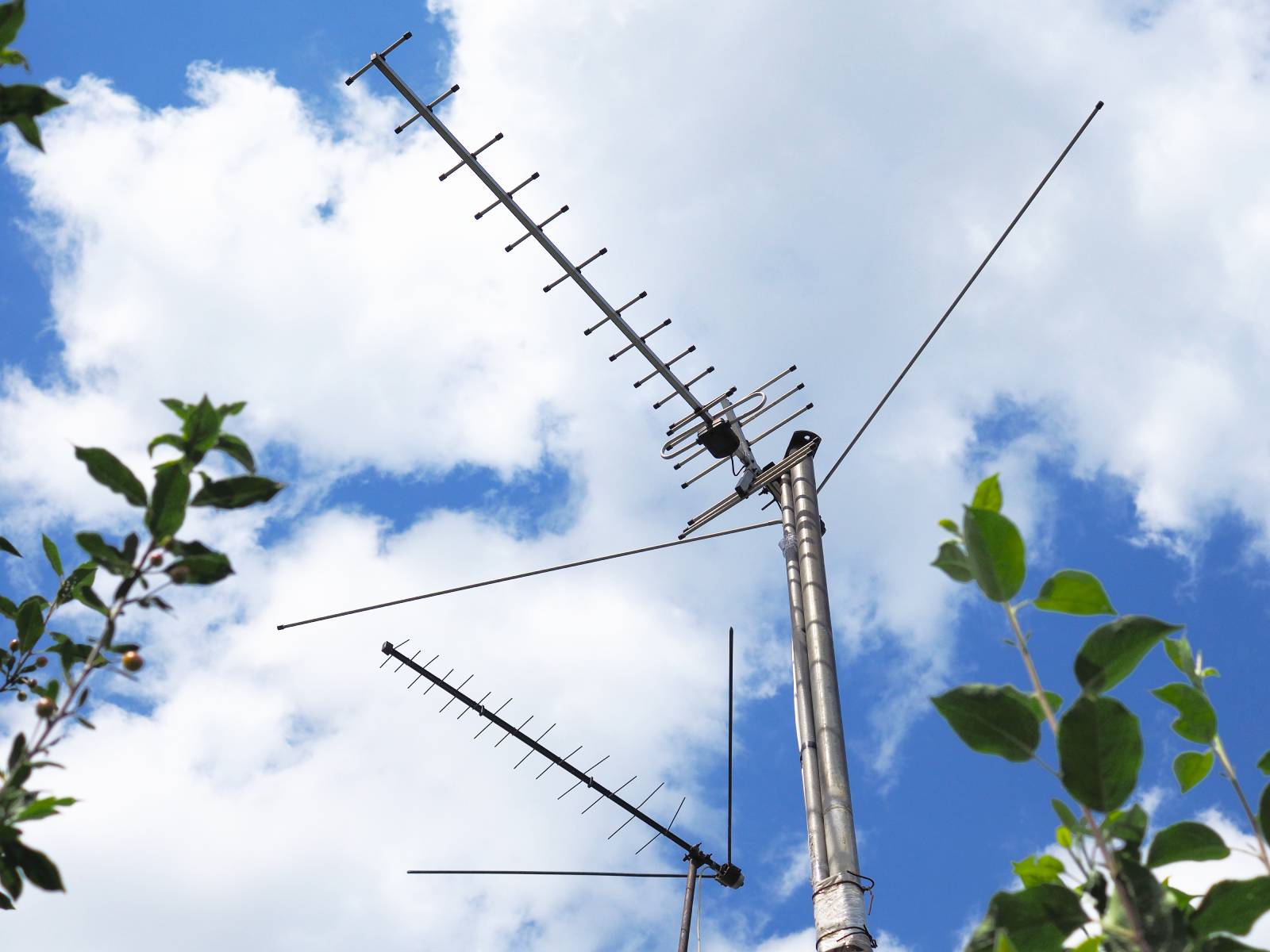
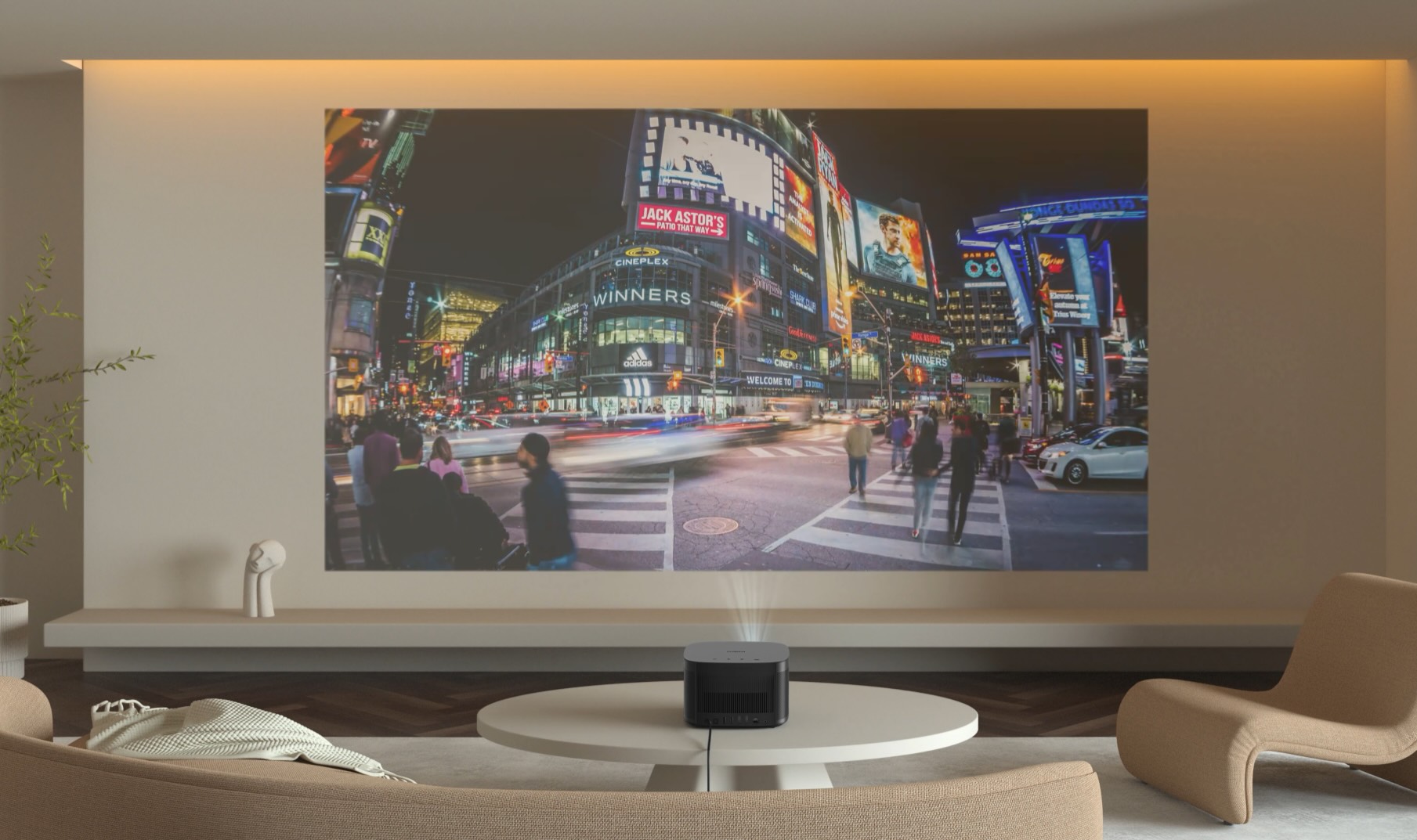
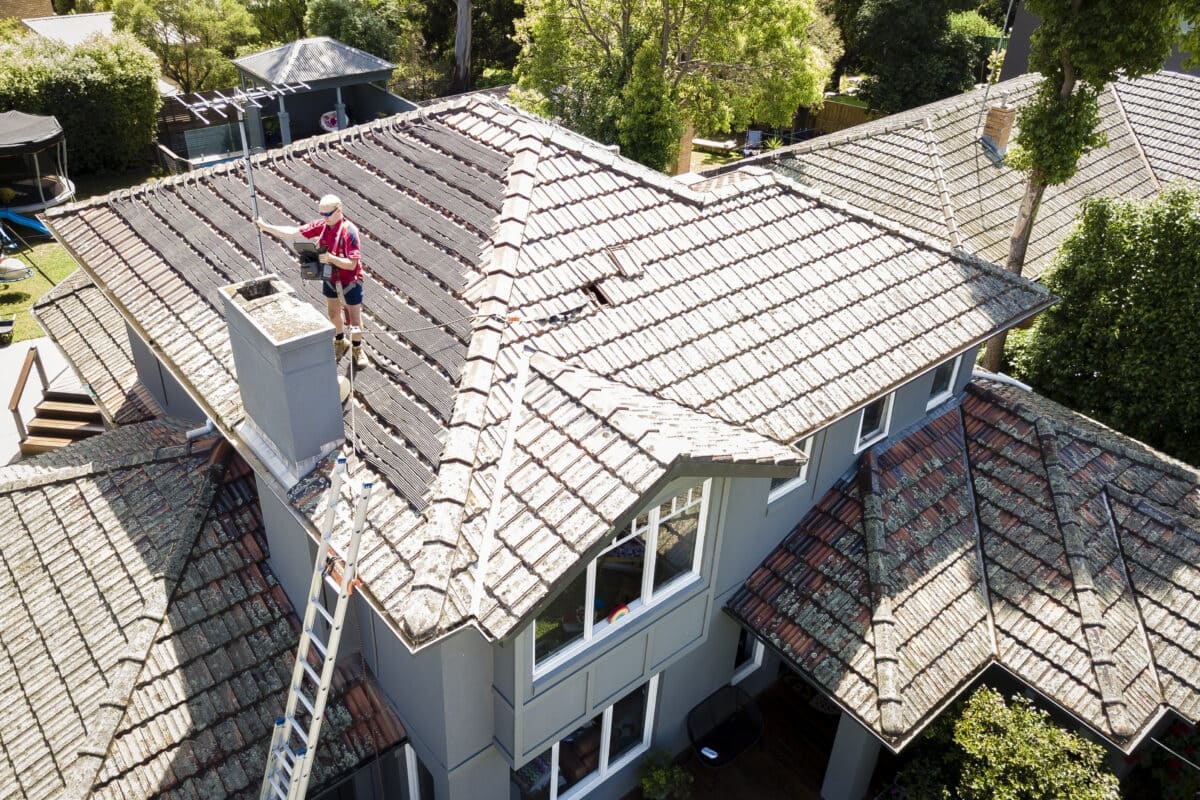
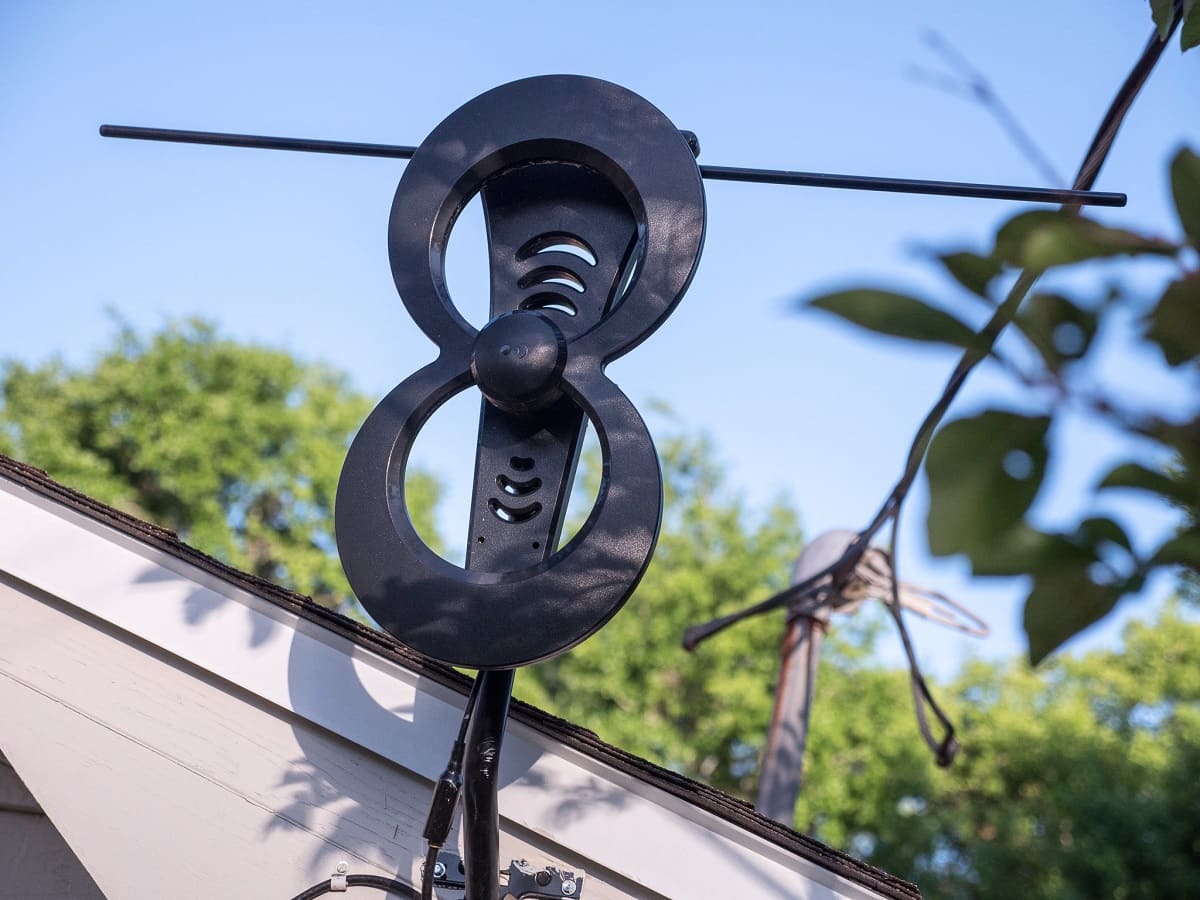
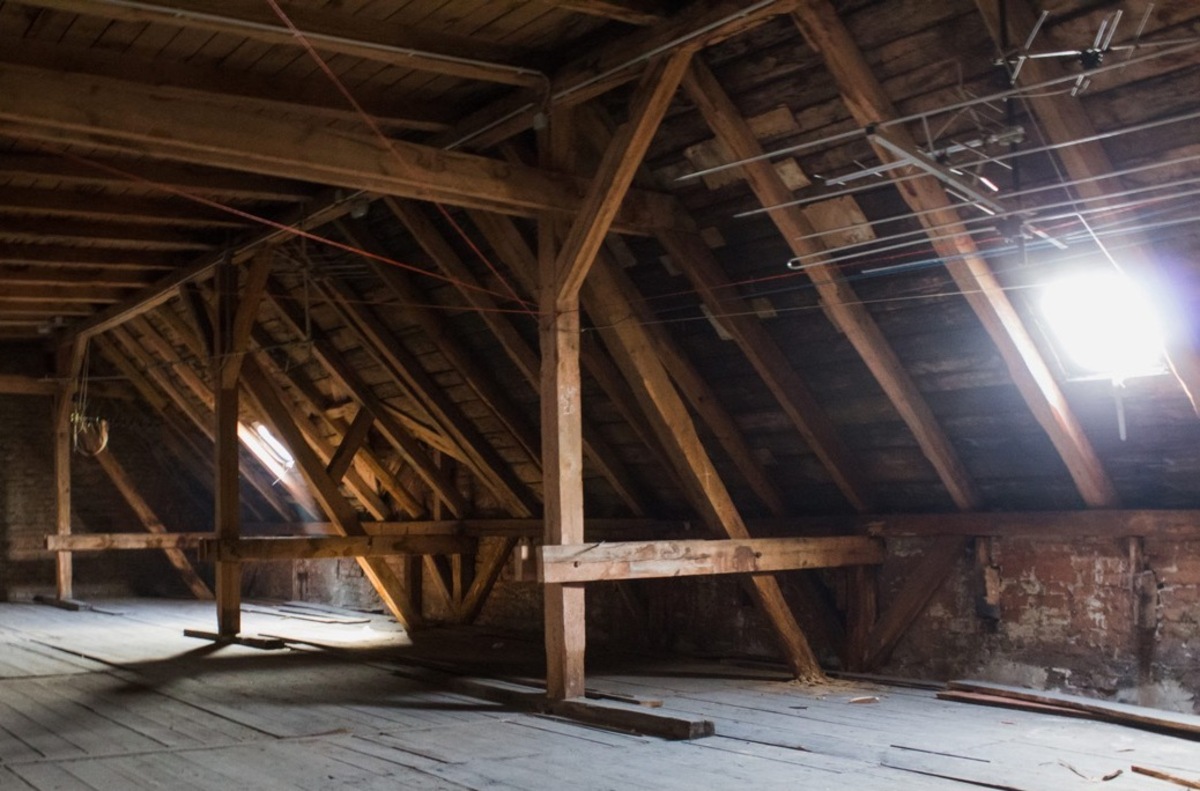
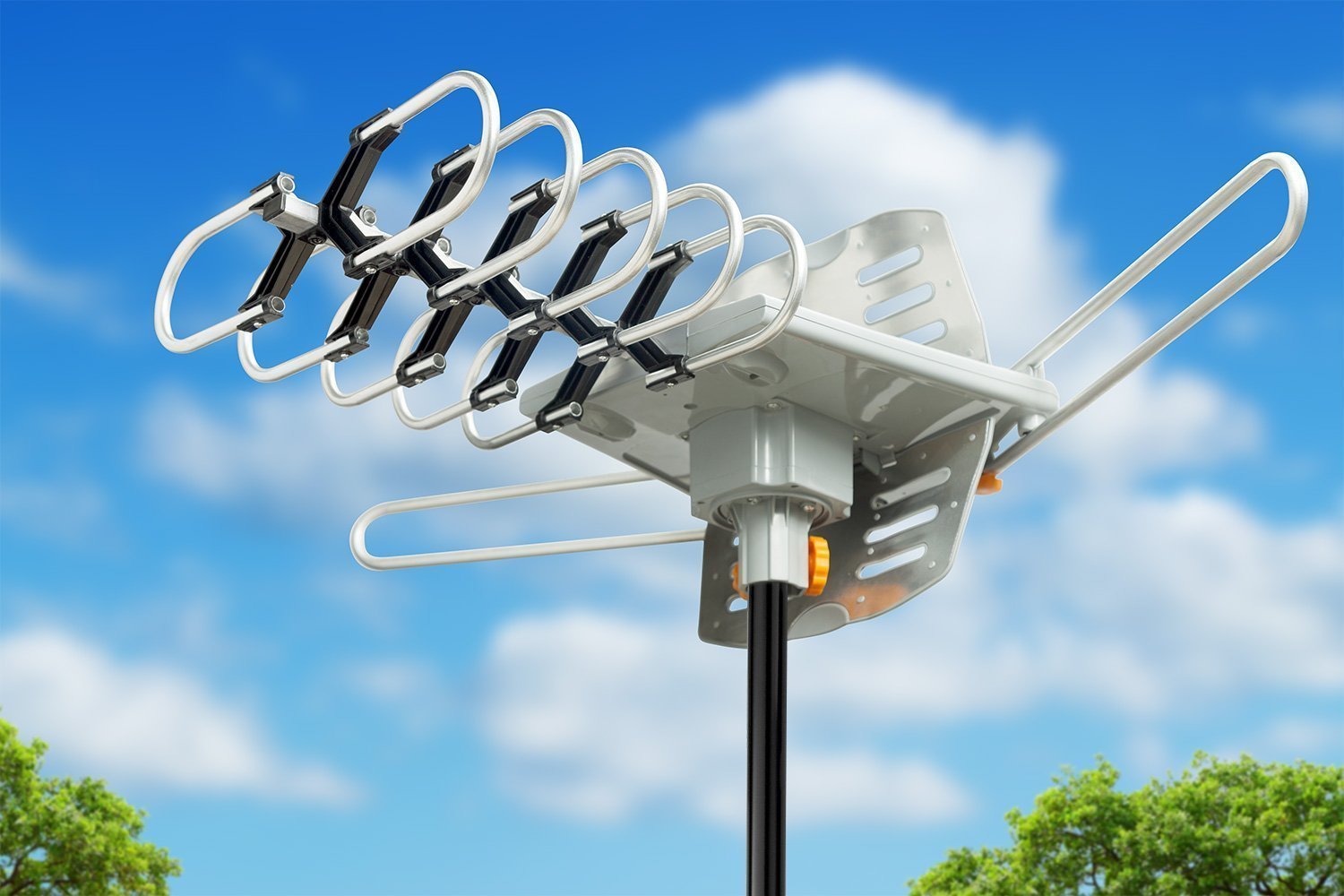

0 thoughts on “How To Get Better TV Reception With An Outdoor Antenna”